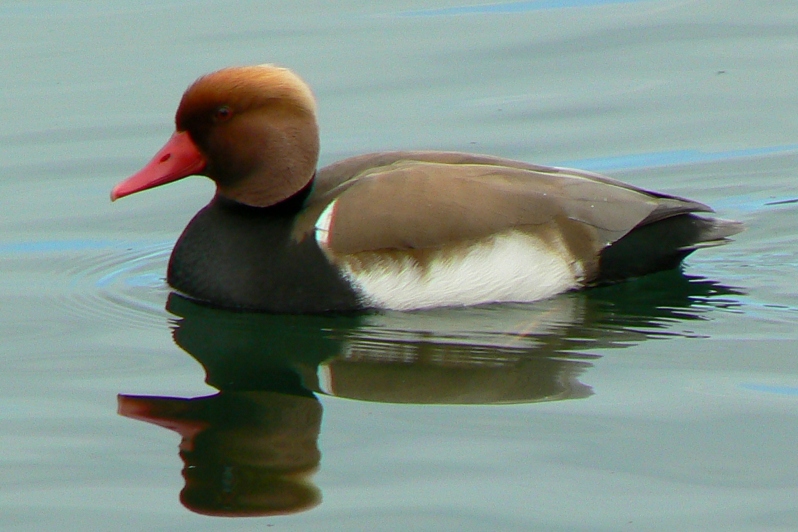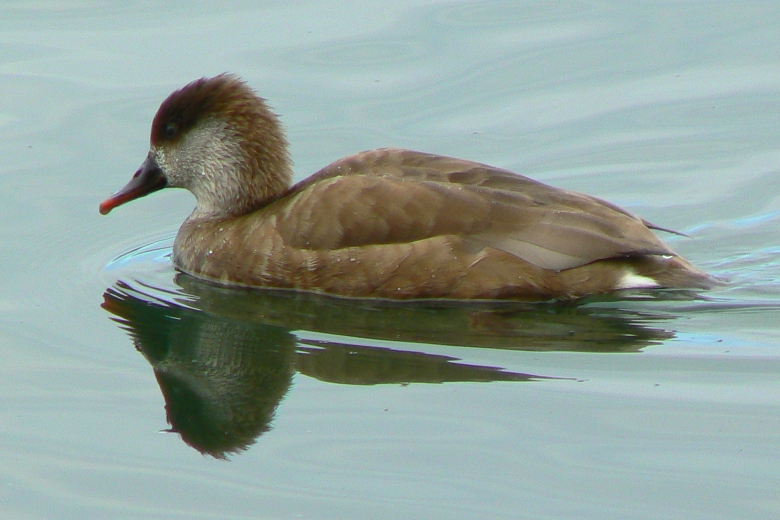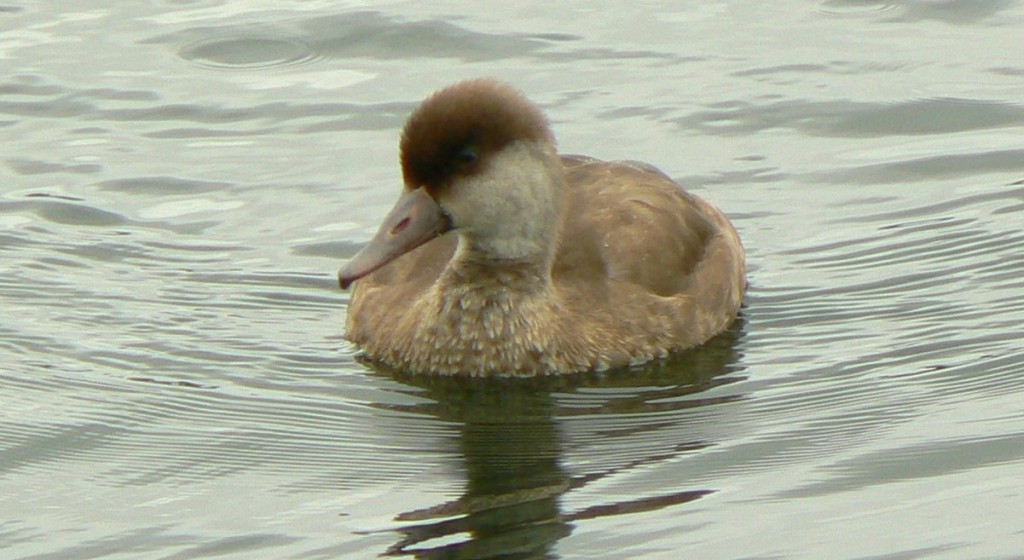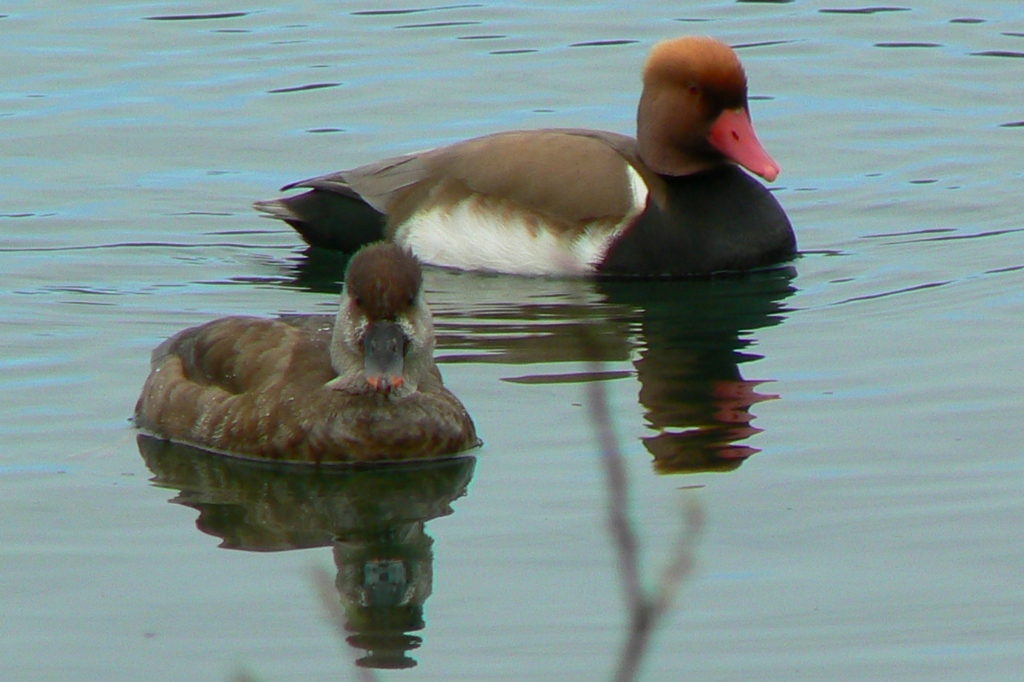
[236] Nettina rufina, Red-crested Pochard
Introduction
Netta rufina, the Red-crested Pochard is a diving duck native to central Asia. There are significant populations around England probably coming from escaped or released feral birds.
Other Netta species are called Pochards. As we saw in [047] Tufted Duck, most species of Aythya are also called Pochards. The two genera are closely related.
Taxonomy
Kingdom – Animals
Phylum – Chordates
Class – Aves (Birds)
Order – Anseriformes (Waterfowl)
Suborder – Anseres
Superfamily – Anatoidea
Family – Anatidae
Subfamily – Anatinae
Tribe – Aythyini
Genus – Netta
Scientific Name – Netta rufina
The divisions below family level are uncertaind.
Name
You can take the common name as approximately accurate, remembering that the word ‘red’ used to include a range of colours including brown and orange, and understanding that the name only describes males in breeding plumage. And the word crest, although it usually means a displayed fan of feathers, can also mean just a helmet or something on the top of the head,
Netta is the Greek for duck. Rufina is a diminutive of the Latin rufus, ‘red.’
Description
The precise taxonomy of ducks and the genus Netta is uncertain as we saw in [023] Mallard. It is sometimes included in Diving Ducks but it behaves like a dabbling duck. Its legs are further back on its body to help it diving so it does not walk well on land.
The adult male in breeding plumage has an orange-brown head, a bright red bill and a black breast. Its flanks are white, the back is brown and the tail is black.





The female is mainly brown with a dark bill and top of her head and whitish face.





Juveniles and males in eclipse are similar to female birds.
They are gregarious and form flocks, often mixing with other diving ducks, particularly in winter.





They feed on aquatic plants by diving and by dabbling.
Habitat
Netta rufina breeds in wetland areas of southern Europe extending to central Asia, and winters in India and Africa.
It is not native to Britain but a large feral population is gradually spreading. It probably derives from escaped and released birds but may include inputs from visitors from the continent.
The other two species of Netta are found in South America and Africa.
Other Notes
When I started birdwatching about fifteen years ago this was a common bird on one of the lakes in the Cotswold Water Park, which I thought had come from escapees from nearby Slimbridge. There were already large numbers of this gregarious bird. Since then, numbers nationally have increased with a more geographical spread.
See also
Because of its feral nature this bird has much in common with [012] the Mandarin, [061] Muscovy Duck, [056] Barnacle Goose and the Parakeet.
Nobody knows where the UK Rose-ringed Parakeets (Psittacula krameri) came from, at some time around 1950. But they have grown in numbers in the UK and have spread slowly. There are now about 10 000, more or less found over the area of Greater London. They are very gregarious and may roost in flocks of several thousand. There are similar feral populations across Europe.
